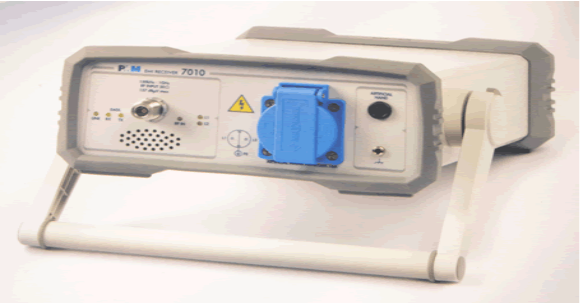What are the measures to improve the anti-interference ability and electromagnetic compatibility?
How to improve the anti-interference ability and electromagnetic compatibility of electronic products:
1, the following systems should pay special attention to anti-electromagnetic interference:
(1) The system contains high-power, high-current drive circuits, such as spark-generating relays, high-current switches, and so on.
(2) A system with a particularly high clock frequency and a very fast bus cycle.
(3) A system containing a weak analog signal circuit and a high-precision A/D conversion circuit.
2. To increase the system's anti-electromagnetic interference capability, take the following measures:
(1) Reducing distortion in signal transmission Microcontrollers are mainly manufactured using high-speed CMOS technology. The static input current of the signal input terminal is about 1mA, the input capacitance is about 10PF, and the input impedance is quite high. The output of the high-speed CMOS circuit has considerable load capacity, that is, a considerable output value, and the output of one gate passes a very long period. The long line leads to the input with a relatively high input impedance, and the reflection problem is very serious, which causes signal distortion and increases system noise. When Tpd>Tr, it becomes a transmission line problem, and signal reflection, impedance matching, etc. must be considered.

The delay time of the signal on the printed board is related to the characteristic impedance of the lead, which is related to the dielectric constant of the printed wiring board material. It can be roughly assumed that the transmission speed of the signal on the printed circuit board leads is between about 1/3 and 1/2 of the speed of light. The Tr (standard delay time) of a conventional logical telephone component in a system composed of a microcontroller is between 3 and 18 ns.
On a printed circuit board, the signal passes through a 7W resistor and a 25cm long lead. The line delay time is approximately 4~20ns. That is to say, the shorter the lead of the signal on the printed circuit, the better, the longest should not exceed 25cm. Also, the number of vias should be as small as possible, preferably no more than two.
When the rise time of the signal is faster than the signal delay time, it must be processed according to fast electronics. At this time, the impedance matching of the transmission line should be considered. For the signal transmission between the integrated blocks on a printed circuit board, the case of Td>Trd should be avoided, and the larger the printed circuit board, the less the speed of the system should be too fast.
Use the following conclusions to summarize a rule for printed circuit board design:
The signal is transmitted on the printed board and the delay time should not be greater than the nominal delay time of the device used.
(2) Select a low frequency microcontroller:
The use of a microcontroller with a low external clock frequency can effectively reduce noise and improve the system's anti-interference ability. For square waves and sine waves of the same frequency, the high frequency components in the square wave are much more than the sine waves. Although the amplitude of the wave of the high-frequency component of the square wave is smaller than the fundamental wave, the higher the frequency, the easier it is to emit the noise source. The most influential high-frequency noise generated by the microcontroller is about three times the clock frequency.
(3) Reduce noise from the power supply
The power supply, while providing energy to the system, also adds its noise to the power supply that is being supplied. The reset lines, interrupt lines, and other control lines of the microcontroller in the circuit are most susceptible to external noise. Strong interference on the electrical network enters the circuit through the power supply. Even in battery-powered systems, the battery itself has high frequency noise. Analog signals in analog circuits are more immune to interference from the power supply.
If you want to know more, our website has product specifications for electromagnetic compatibility, you can go to ALLICDATA ELECTRONICS LIMITED to get more information

